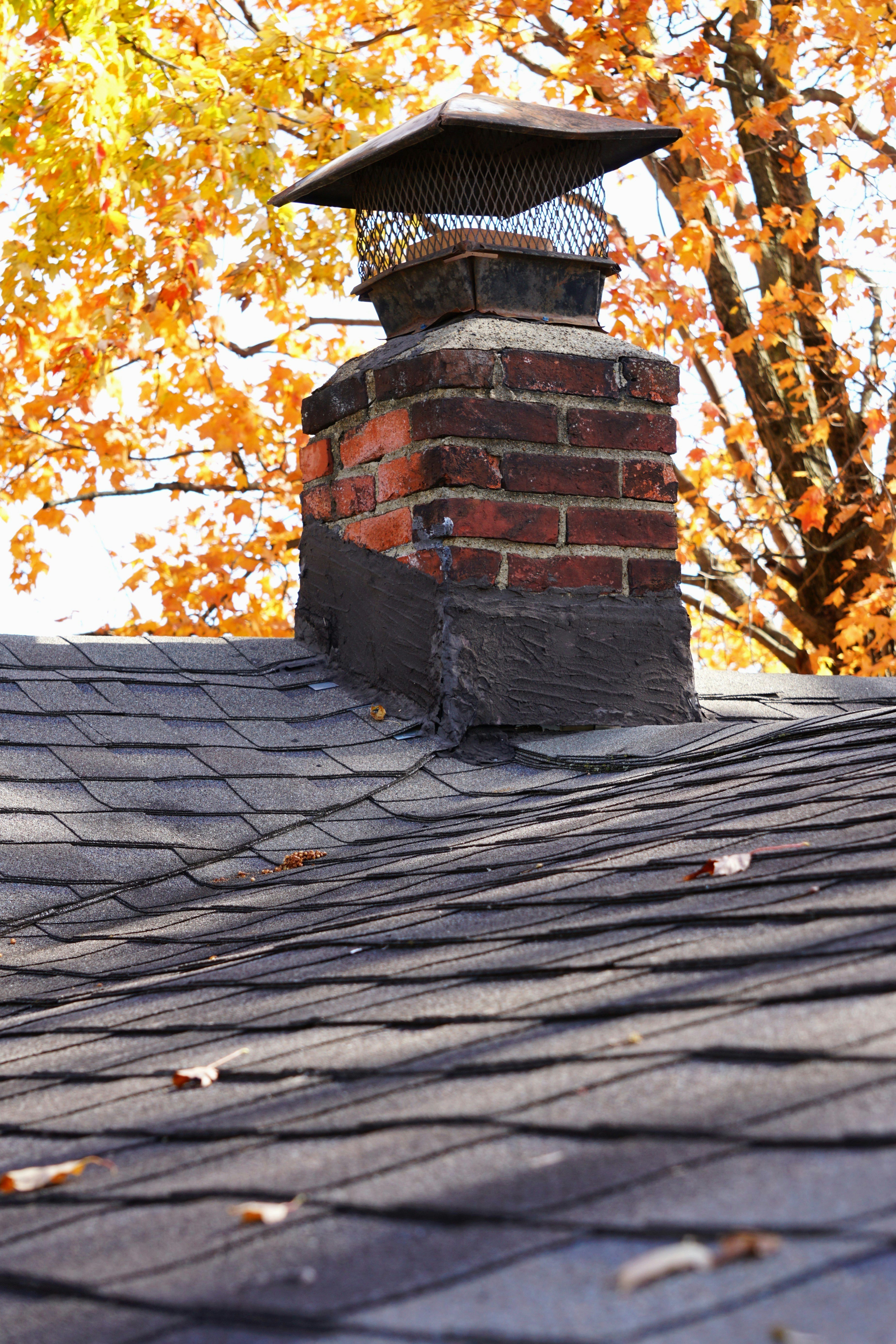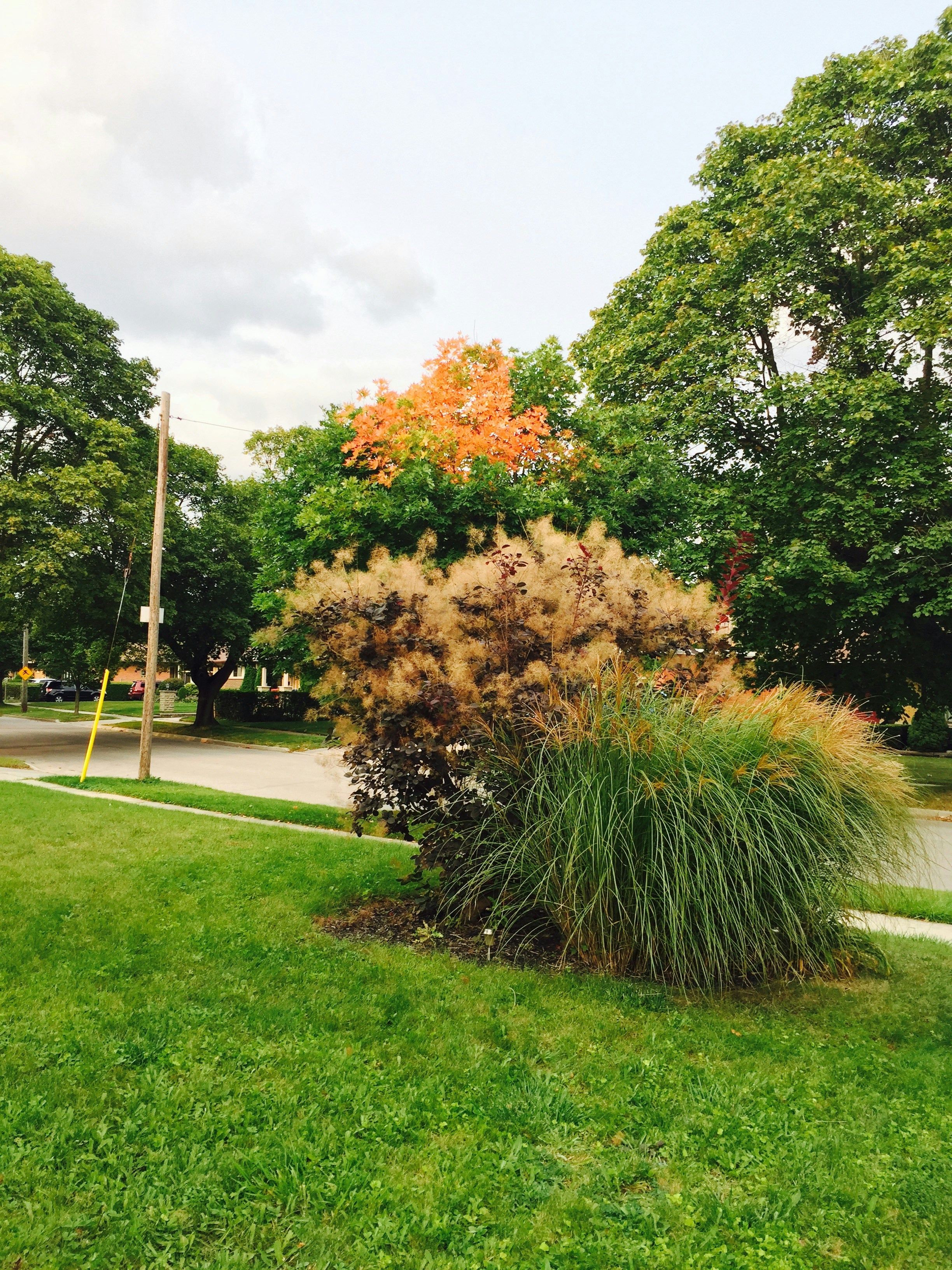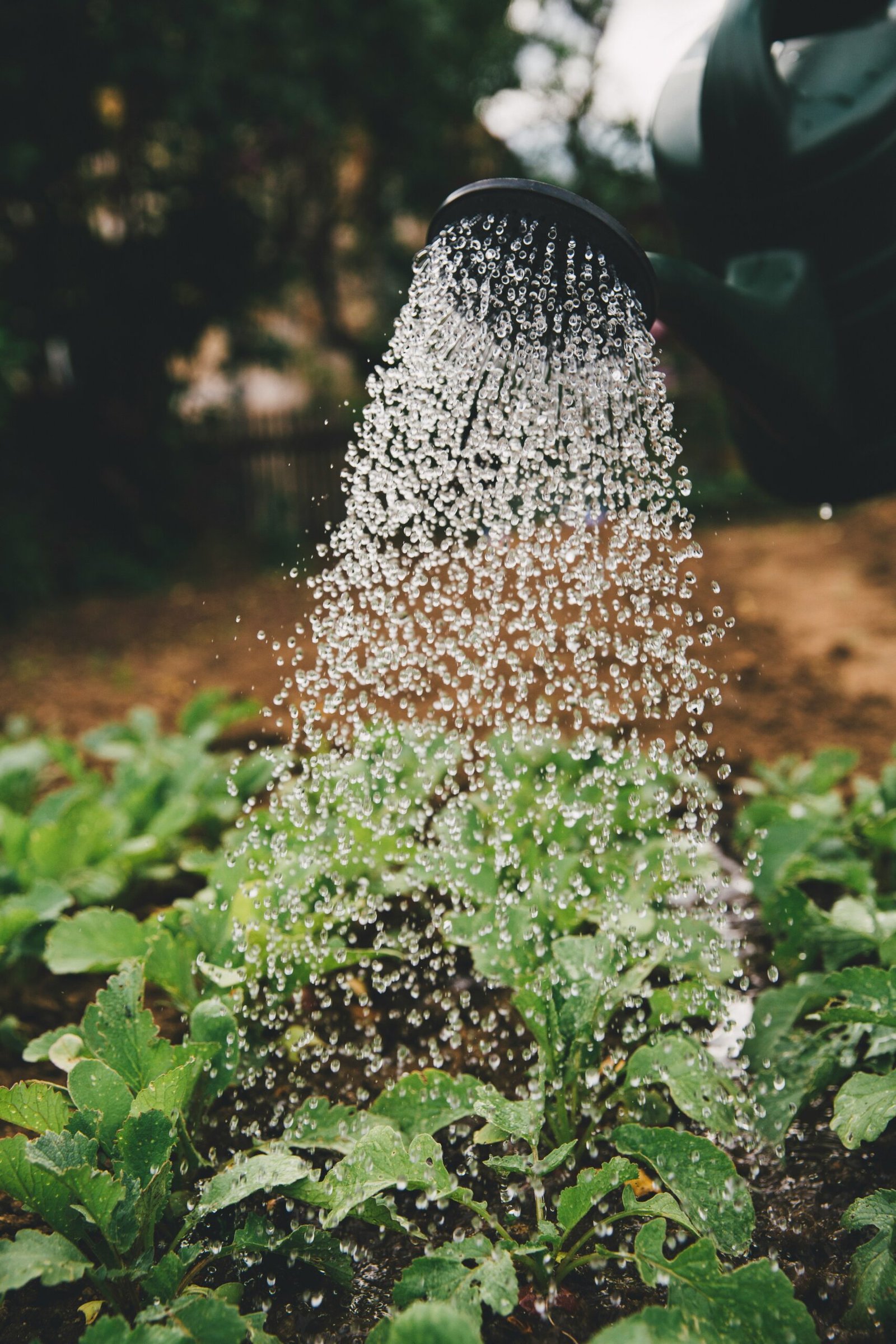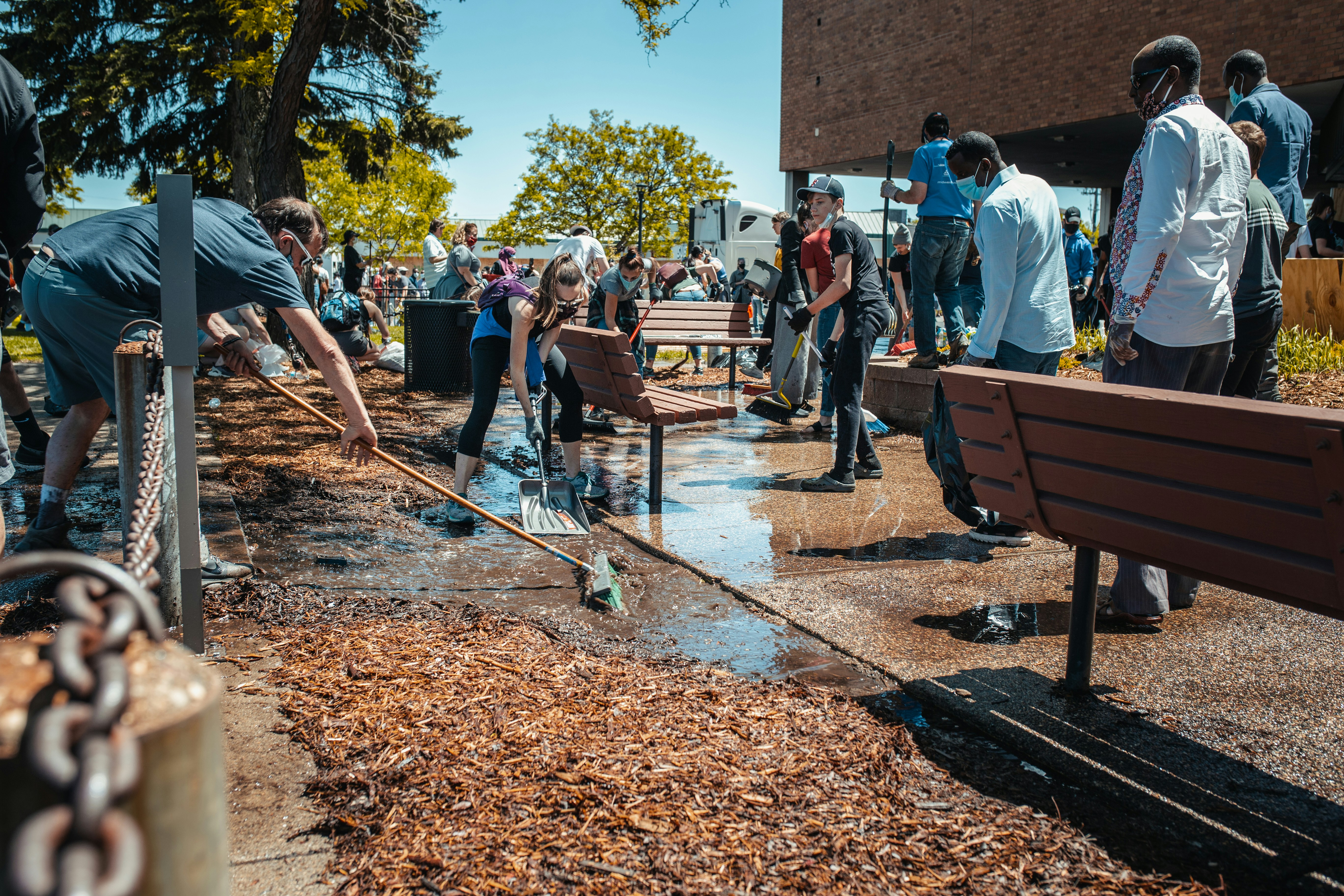Understanding the Importance of Chimney Inspections
Chimney inspections are a critical aspect of home maintenance that cannot be overlooked, especially as the heating season approaches. Statistics indicate that over 25,000 residential fires are attributed to chimney-related issues each year in the United States alone. These fires often occur due to the buildup of creosote, a highly flammable substance formed during the combustion of wood and other fuels. Regular chimney inspections play a vital role in identifying and mitigating these hazards before they escalate, ultimately safeguarding lives and property.
In addition to preventing fires, chimney inspections are essential in addressing the risk of carbon monoxide poisoning. This odorless, colorless gas can be deadly when released through blocked or damaged chimneys. By routinely inspecting chimneys, homeowners can ensure that their systems are functioning properly and that harmful emissions are vented safely outside. This proactive approach not only enhances safety but also provides peace of mind for families during the colder months.
Furthermore, regular chimney maintenance, including cleaning and inspections, can lead to improved heating system performance. A well-maintained chimney promotes better airflow, improving combustion efficiency. This translates to lower energy costs and a more effective heating system. In essence, the benefits of routine inspections extend beyond safety; they also encompass financial savings and enhanced system reliability.
In light of these factors, it is clear that chimney inspections represent a crucial element of home safety and efficiency. By prioritizing regular checks before the heating season, homeowners can protect their families while ensuring optimal performance of their heating systems. As the adage goes, “An ounce of prevention is worth a pound of cure,” and this sentiment rings particularly true in the realm of chimney safety.
What to Expect During a Chimney Inspection
When preparing for a chimney inspection, it is important to understand the various types of inspections available and the processes involved. The most common inspections are visual inspections, Level 1 inspections, and Level 2 inspections, each serving a unique purpose. A visual inspection is typically the most basic and involves the inspector examining the outside of the chimney structure as well as accessible areas within the fireplace. This inspection focuses on identifying any visible blockages, cracks, or deterioration.
Moving to a Level 1 inspection, this type is more comprehensive and is often performed when there have been no changes to the system or the building. During this inspection, professionals will not only conduct the visual assessment but also examine the interior flue, checks for proper clearance from combustible materials and evaluate the overall structural integrity of the chimney. This ensures that everything is functioning correctly and safely.
In cases where there has been changes in the system or if the chimney has not been used for an extended period, a Level 2 inspection is necessary. This inspection utilizes video technology to scrutinize the flue’s interior completely. Inspectors will insert a camera to locate hidden blockages, damages, or creosote buildup that may not be visible during the previous inspection types. This thoroughness is essential for maintaining safe heating practices.
Professionals equipped with tools such as smoke pencils, dynamic camera systems, and specialized brushes will conduct these inspections. Once the inspection is complete, you can expect a detailed report outlining any findings, recommendations for repairs, and potential future maintenance needs. Understanding what to expect during your chimney inspection will help facilitate a smooth process and ensure clear communication with the inspection professionals, ultimately enhancing the safety and efficiency of your heating system.
Common Issues Found During Chimney Inspections
Chimney inspections are crucial for maintaining the safety and efficiency of a home’s heating system. During these inspections, several common issues can be identified that may pose significant risks if left unaddressed. One of the most prevalent problems is creosote buildup, which occurs when wood or other fuels burn incompletely. This flammable tar-like substance can accumulate inside the flue, increasing the risk of chimney fires. Regular cleaning and maintenance are essential to prevent dangerous situations associated with this buildup.
Another concern often discovered during a chimney inspection is structural damage. Factors such as weather exposure, age, and even poor initial construction can lead to both visible and hidden issues within the chimney structure. Cracked or crumbling masonry can compromise the integrity of the chimney, potentially allowing harmful gases such as carbon monoxide to enter the living space. Depending on the severity of the damage, repairs can range from simple tuckpointing to complete reconstruction, highlighting the necessity of prompt action once issues are identified.
Flue blockages represent a critical issue encountered during chimney inspections as well. These blockages can be caused by various factors, including debris, soot, or even animal nests. A blockage can impede the proper ventilation of smoke and gases, leading to backdrafts that pose serious health risks to occupants. Regular inspections can help detect such issues early and may involve clearing the flue of any obstructions through specialized tools and techniques.
Finally, signs of animal nests, particularly from birds or rodents, can pose a considerable risk to chimney functionality. Animals seeking shelter can build nests that obstruct the flue, leading to dangerous situations. Eliminating these nests and ensuring the chimney is sealed properly can help prevent future infestations, maintaining safety and efficiency in your heating system.
Preparing for the Heating Season: A Homeowner’s Checklist
As the temperatures begin to drop, it is crucial for homeowners to prepare their homes for the heating season. A well-maintained chimney is essential for ensuring the safety and efficiency of heating systems, particularly those dependent on wood or gas. Herein, we provide a comprehensive checklist that homeowners can utilize to ensure their systems are ready for use.
First and foremost, it is advisable to conduct a visual inspection of the chimney and surrounding areas. Look for any visible damage, such as cracks, rust, or creosote buildup. The latter can pose significant risks as it is highly flammable. Assess the integrity of the chimney cap, ensuring it is in place to prevent debris or animals from entering the flue.
Next, clean the chimney. This may involve hiring a professional chimney sweep, as they possess the equipment and expertise required to remove blockages effectively and assess the overall health of the flue. Regular cleaning is essential not only for efficiency but also for preventing dangerous situations that could arise from neglect.
Homeowners should also check the vents and flue for obstructions. Ensuring that there are no blockages allows for proper airflow, which is crucial for the effective functioning of heating systems. Furthermore, test smoke and carbon monoxide detectors to confirm they are operational and properly placed. These devices are vital for detecting hazardous situations while utilizing heating sources.
Lastly, consider scheduling a professional chimney inspection before the heating season commences. Such inspections can uncover issues that are not immediately visible. A qualified technician can provide detailed recommendations and ensure that your heating system is functioning safely and efficiently. By adhering to this checklist, homeowners can significantly enhance the safety and functionality of their chimney systems as they enter the heating season.
If you’re interested in purchasing the item you seek, please click the link for additional details: #americanachoice.
https://amzn.to/3SBN3Oy
AFFILIATE DISCLOSURE: I am an affiliate for this company, I am not a paid employee.
I may receive a commission if you click a link on this page and choose to purchase something.
You can rest assured I will only share things I believe in and will be valuable to you.



